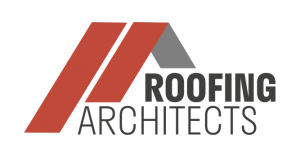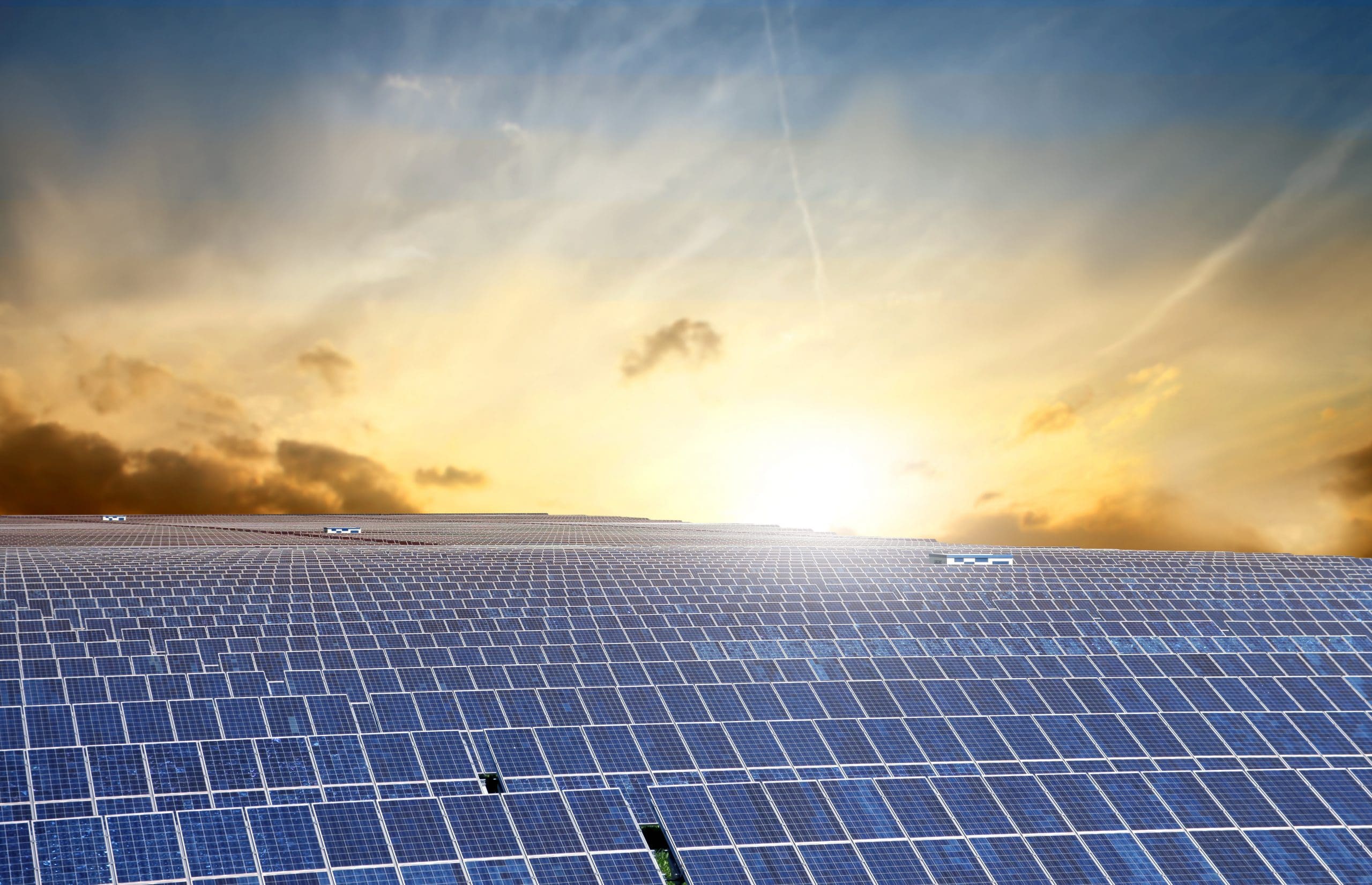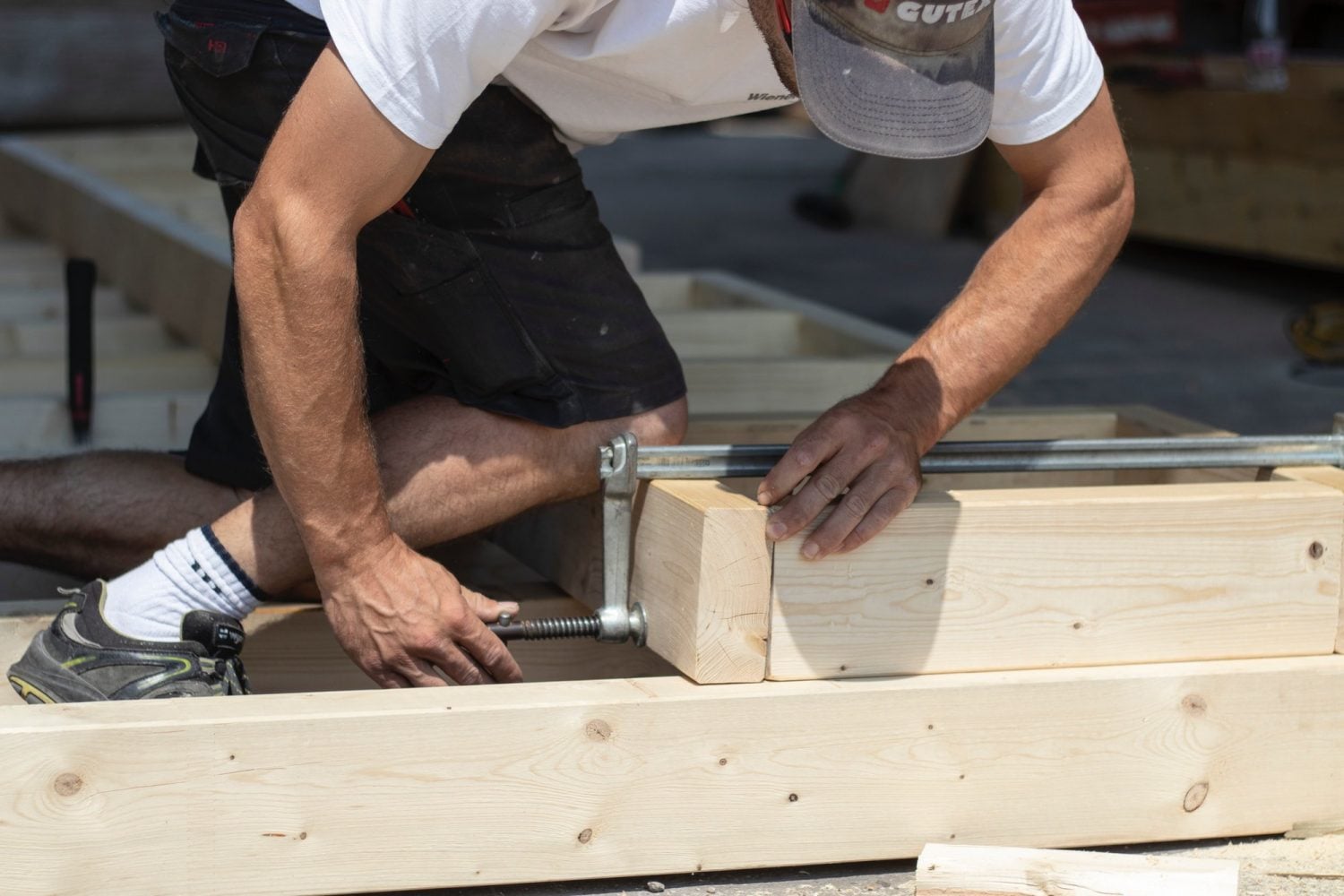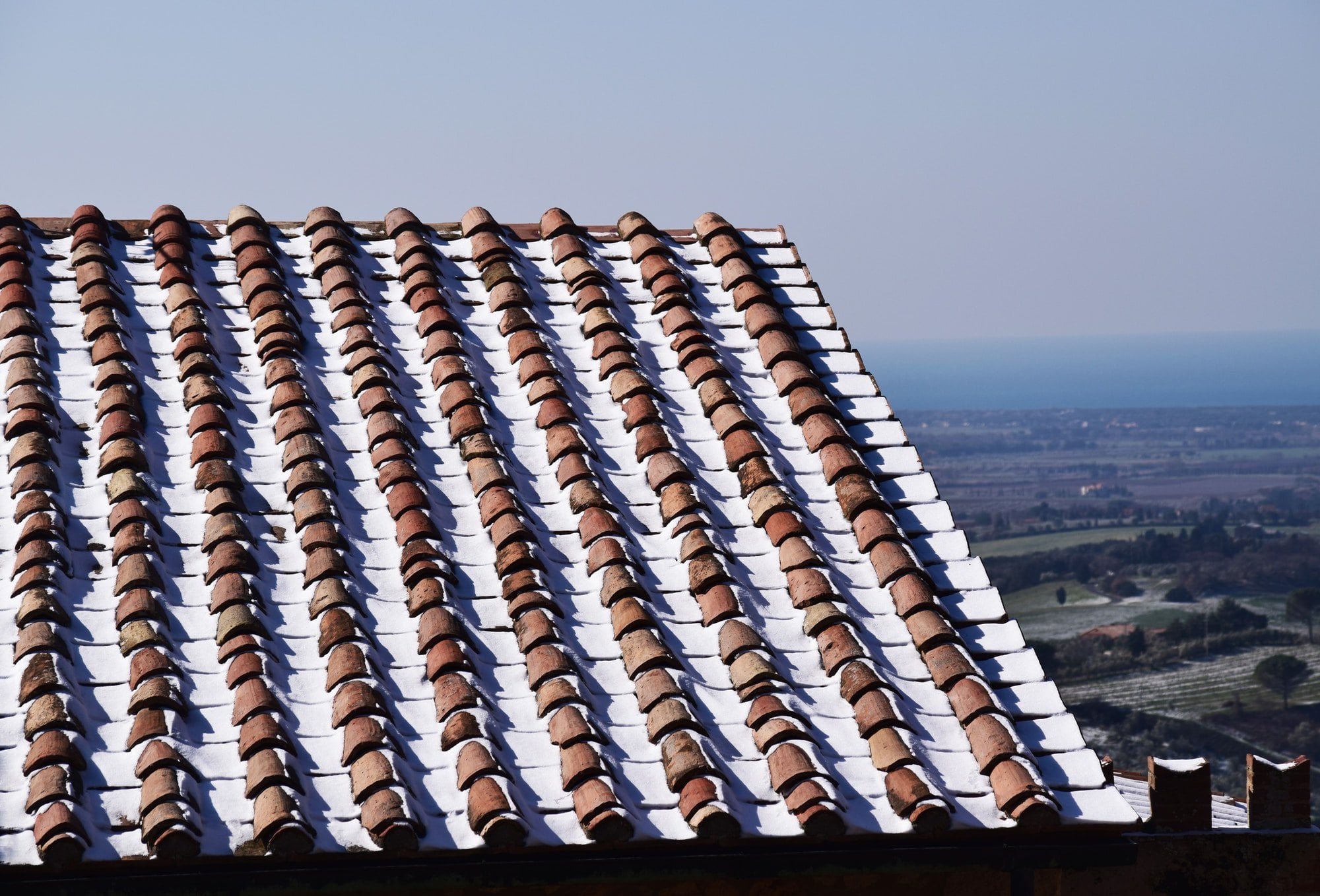Five Smart Technologies You Can Use in Building Your Roof
The future of roofing is here, and it’s all about digital tech and digitization. Digital tech roofing is helpful through its smart technologies that can be used in almost every phase of your roof’s construction. Digitization helps you design, build, and even maintain your roof. You no longer have to wait until your roof is built to see what it’ll look like. You can preview it using digital technology. In the world of roofing and construction, companies use drones, robots, 3D printing, and various other forms of smart technology roofers and construction companies are beginning to use. This is the smart technology you’ve seen in movies or read about in books. Many smart technology roofing applications are here now!
Five Smart Technologies in Roofing Construction
There are five smart technologies the information below will present. These five smart technologies can be used to design and build your roof, making the contract for a new roof for your home or business much easier.
1. Solar Solutions
Progressive solar solutions are gaining in popularity and use every day. It is a cost-effective measure for home and business owners that have helped drive down energy prices. From 2010 to 2014, prices for solar installers and products have gone down 45%. The reduced pricing and innovative financing give rooftop solar panels a wider and broader market. A market where the customers come from very diverse economic backgrounds.
The most digital advantage to solar panels is net metering. Net metering gives ‘virtual’ credits for generating electricity through roof solar panels. Most of the time, it gives these credits at full electricity retail rates. It’s technology and energy meeting up to save those who use it money while they give back to the community by using clean energy.
2. Self-Regulating and Connected Heating Technology
Roofing materials and construction can use self-regulating and connected heating technology systems to help roofs melt snow and ice away. The cables can be connected and used at the exact length you need on your roof. Most of the time, there are no burn-outs due to overlapping. When snow and ice start accumulating on your roof, heating cables controlled by a digital system sensor increases its heat output. It then decreases its heat output when the snow or ice melts away.
You never have to worry about freezing roofs loaded with ice and snow collapsing again. The crankcase heaters control downtime. The parallel circuit design lets installers cut your cables to the exact length needed. As the technology goes through its own on-off cycle, it can maintain the roofing cable equipment with temperatures set for what provides you the most energy savings. In addition, the heating cables can create runoff paths if needed and internally trace water and storm drain lines.
3. Continuous Monitoring and Adaptive Control (CMAC) Technology
CMAC roofs, through the use of compact sensors and outlet control technologies, can almost double stormwater retention and the treatment capacity of existing BMP. This adaptive roof technology of the cisterns by reducing the wet weather flow on a roof diversion to a combined sewer system by 80%. The system runs a cloud-based decision software that uses intelligent irrigation logic that releases from the cistern to real-time sensor readings.
This green infrastructure roof system captures and treats its direct runoff. CMAC is a promising solution to stormwater issues concerning health benefits to both water quality and availability.
4. SAM (Semi-Automated Mason), The Bricklaying Robot
Not many people in the roofing industry know if SAM is a good thing or a bad thing for roofers. But SAM is here, and it’s working its way through the construction of various roofs at amazing speed. SAM100 is a semi-automatic mason. SAM can build walls and roofs six times faster than the average roofer or bricklayer. SAM is part technology, part conveyor belt, part robotic arm, and also has a concrete pump.
At this time, SAM’s technology still needs human collaboration. SAM can get the roofing materials to the worker, lay them, seal them but it still requires a human to oversee its work. In other words, SAM’s technology may be top of the line and futuristic, but right now, in the roofing industry, SAM is one of the newest smart technologies that is only doing the heavy lifting.
5. Robotic Autonomous Track Loader (ATL)- Using LIDAR, GPS, and Digital Files
The ATL is powered by a rooftop cargo carrier that’s filled with the latest and greatest in technology and electronics. ATL has a light detection and ranging system to measure distance and range from objects around it. The ATL is designed to withstand high-vibration and high-impact environments like high-rise roofs or irregular and dangerous roofs. It can only match the speed of humans in its work capacity, but it can work the hours most roofers and construction workers can’t work. At this time the ATL is cutting and filling as needed at various construction and roofing sites.
While the roofing construction industry has usually been slow to change based on technology, there are several around today that are ushering in a new era of smart technologies whether the industry is ready for it or not.
Tomorrow’s Future in Roofing is Here
Technology, for anything, doesn’t need a lot to take hold and change the way an industry does business forever. From green construction roofing materials to 3D printing where you can design your roof before laying the first stone, it’s all about adapting to the technology and using it to your industry’s benefit.
When you’re ready to use the latest and greatest roofing technology or just want to find a roofer who can see your vision, we’re the best place you can start your project. We’ll find a roofer who shares your vision while using the technology you want.




